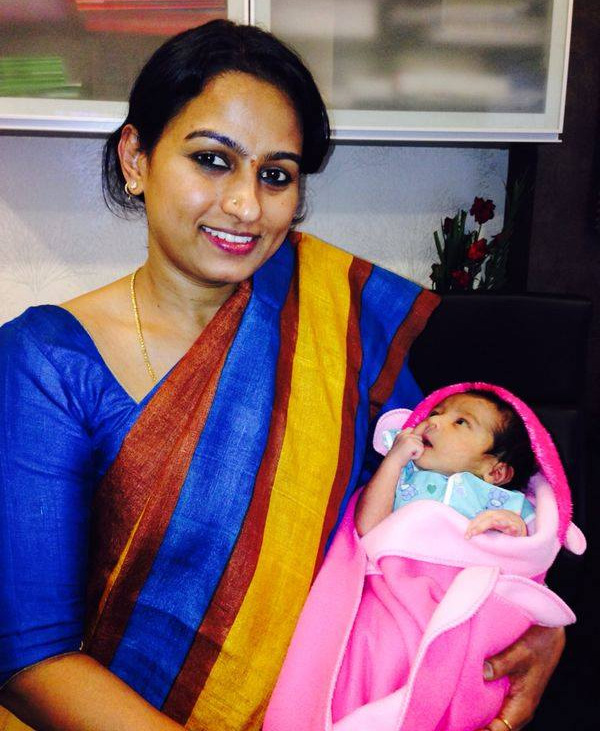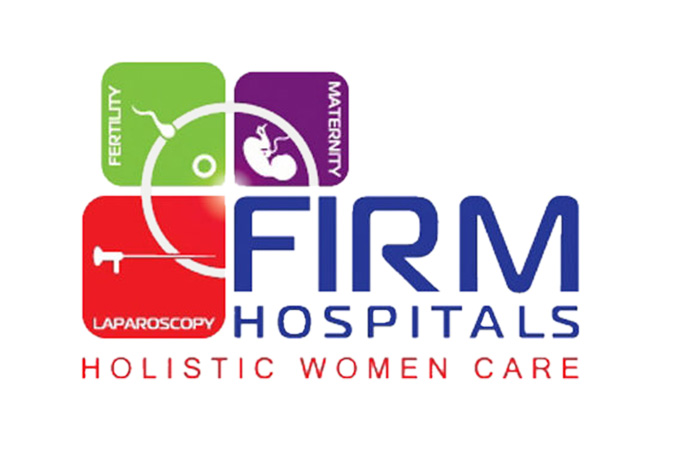The Best Fertility Center in Chennai
Rated as one of the Best Fertility Centres in Chennai, and renowned in Reproductive Medicine, Firm Hospitals is a private, comfortable and compassionate fertility treatment center that offers innovative treatment and extraordinary care.
Here, patients receive personalised care, they walk in and feel right at home, consult at ease, and receive individualistic treatments at affordable costs - all under the support and guidance of certified doctors and fertility specialists.




